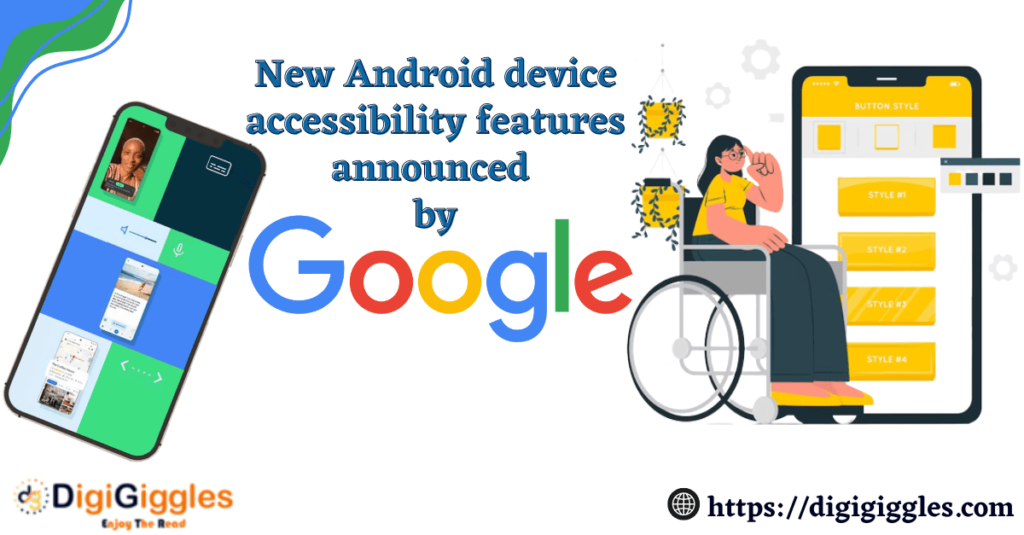Introduction
On 18th of May, Thursday, Google announced a number of accessibility products and feature enhancements in honor of Global Accessibility Awareness Day (GAAD). The purpose of the day is to spread awareness about digital accessibility, which states that people with “a disability must be able to experience web-based services, content, and other digital products with the same successful outcome as those without disabilities.” The tech juggernaut based in Mountain View, California said that the new products and features were created by and for people with impairments.
All about the new features
One of the most recent additions and enhancements that has been made available to everyone is Live Captions. More individuals can now use Live Captions on Google Meet, Android, and Chrome to write captions in real-time. During live captioned calls, users can type comments that will be read aloud to the other caller. The business is also testing a “caption box” function for Android tablets.
The company combined AI and DeepMind to enhance the Lookout app, which was published in 2019 and aids the community of those with vision impairments by allowing users to add alt text to images. No matter whether the source content has alt texts or captions, the Image Q&A feature will be able to describe images.
Users can now text or use voice commands to ask for more information about a photo due to the Lookout update. A small group of Royal National Institute of the Blind (RNIB) members are also testing the feature, and Google plans to make it generally accessible by the end of the year.
The Google Maps improvement for wheelchair accessibility increased the visibility of the wheelchair accessibility icon by default. To further enhance this feature, Google is collaborating with local experts, proprietors, and the Maps community worldwide. The most recent improvements also include a faster and more dependable text-to-speech feature that will be incorporated in Wear OS 4, which was introduced at the Google I/O 2023 event.
Conclusion
By introducing these innovative accessibility features, Google aims to empower individuals with disabilities to fully participate in the digital world, ensuring equal opportunities and an inclusive experience for all Android users. These advancements reflect Google’s ongoing commitment to accessibility and its recognition of the importance of technology in enabling a more accessible and inclusive society.
